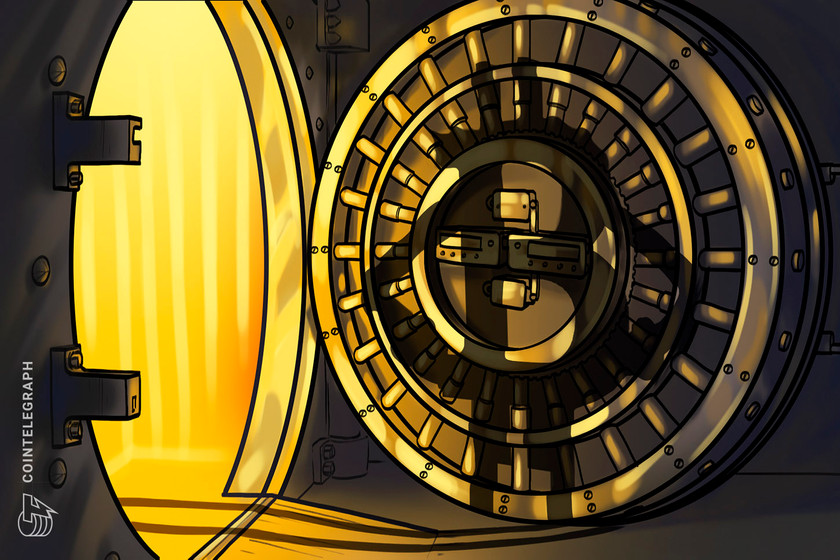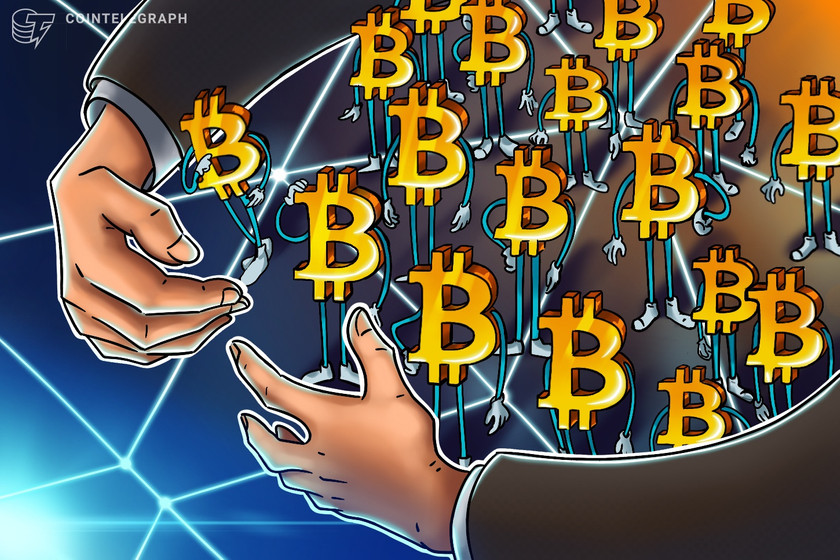Holding Bitcoin: A profitable affair 88.5% of days


Bitcoin’s historical price performance confirms that a hard limit on total supply and seamless global usability is critical to becoming a store of value.
Of the 4,593 days of Bitcoin’s existence as a tradable asset, BTC hodlers experienced 4,065 profitable days — challenging the historical narrative of depreciating volatility in crypto. As a result, holding Bitcoin (BTC) is provably profitable in the long run.
Bitcoin’s historical price performance confirms that a hard limit on total supply and seamless global usability is critical to becoming a store of value. Data from Blockchain.com shows that Bitcoiners enjoyed 88.50% of profitable days relative to the current market price at the time of writing.


As shown above, just 531 or 11.56% of the 4,593 days were unprofitable for long-term holders. The unprofitable days are between Dec. 28, 2022, and June 12, 2022, a time when Bitcoin was priced above the $26,246.58 and $28,344.5 range.
The revelation highlights the importance of understanding Bitcoin’s market cycles and why investors should avoid buying the tops and selling the dips. However, some traders prefer making daily trades on crypto exchanges for much smaller but consistent profits.
In a recent publication, Cointelegraph detailed the different types of crypto investors and categorized them based on their investment mindset. As mentioned, there are four main categories of mindsets of crypto bag holders: maximalists, hodlers, fomoers and traders. Read more to find out which one you are.
Related: Crypto Fear and Greed Index hits highest level since Bitcoin’s all-time high
In the Bitcoin ATM ecosystem, manufacturer General Bytes closed down its cloud services after discovering a “security vulnerability” that allowed an attacker to access users’ hot wallets and gain sensitive information.
On March 17-18th, 2023, GENERAL BYTES experienced a security incident.
We released a statement urging customers to take immediate action to protect their personal information.
We urge all our customers to take immediate action to protect their funds and https://t.co/fajc61lcwR… https://t.co/g5FGqvqZQ7
— GENERAL BYTES (@generalbytes) March 18, 2023
“We’ve concluded multiple security audits since 2021, and none of them identified this vulnerability,” General Byes founder Karel Kyovsky concluded as he made the announcement.





























